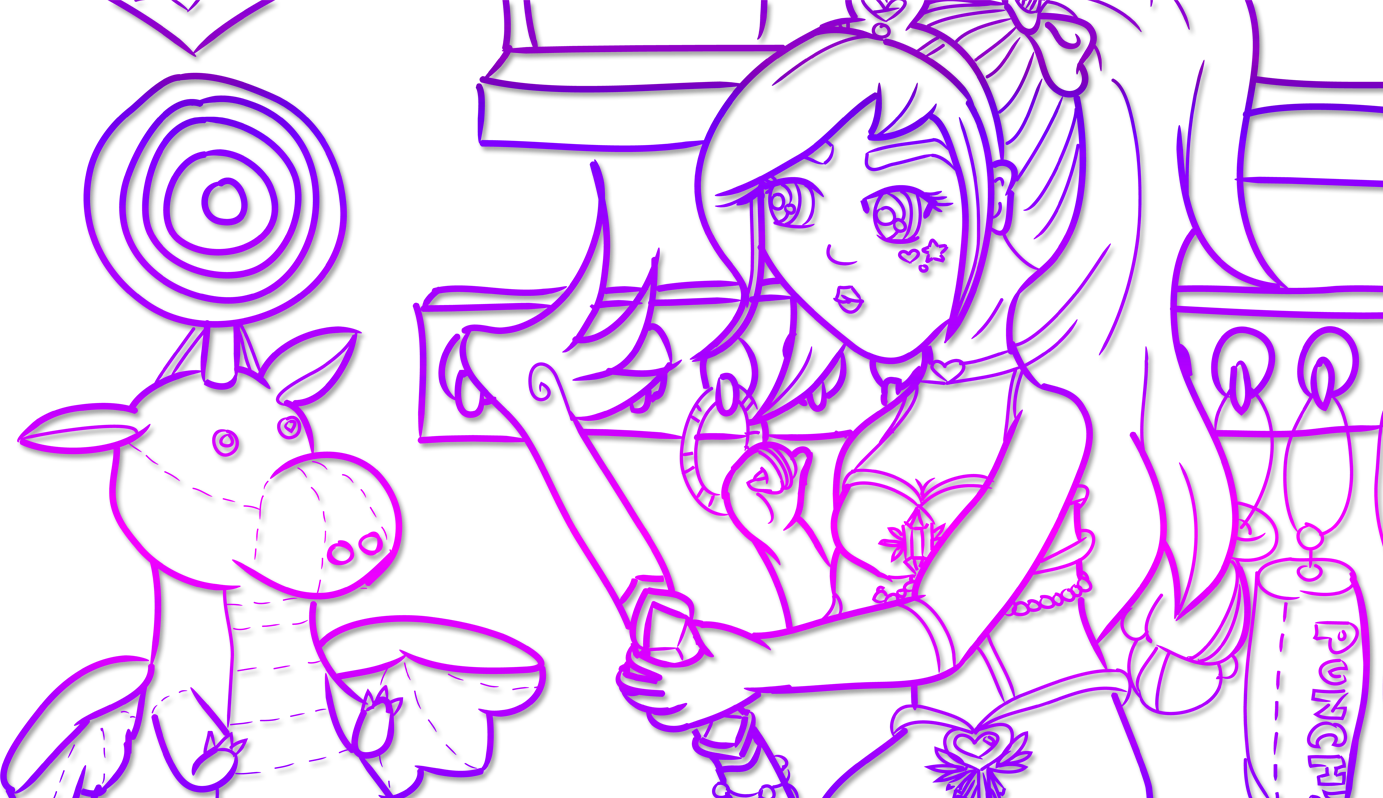The video games topic was definitely helpful not just from a video gaming perspective, but from future technologies and augmenting reality points of view as well. Even if you’re not an intrepid game developer, some of the points were definitely worth noting for any developers, and even interactive media/story planners. Intrigued? I was. Read on for more.
ReconstructMe (http://reconstructme.net) plus correct camera technologies (they suggested Asus Camera) was an interesting project, and was showcased specifically between Maya and Unity. The basic premise of ReconstructMe is using a camera rotating around an object to then render a life-perfect 3D model of that object: a backpack, a laptop, a tree. You could use the technology even on animals and humans – but of course you would only have them in a singular pose unless you were able to edit the model joints from the mesh (which I am uncertain of the capability for). You can then retrieve (from a 3D technology such as Maya) and paint mesh skins for the models to use them in any 3D application (such as Unity), or even configure the models to 3D print replications (like making statues of yourself to put on trophies – for being awesome, of course). When it comes to wanting real-to-life object models, or when the model is needed quickly, ReconstructMe definitely looks like a viable option.
The next presenter focused on developing a hierarchy for critically evaluating learning games, so that they can be more widely accepted and used in STEM classrooms and their merit understood on a broad metric scale. She based her evaluation on Bloom’s Taxonomy, with criteria for Remembering, Understanding, Applying, Analyzing, Evaluating, and Creating. She would then correlate the objectives of the game and player actions to these categories – if task one in a game was to design your own character, she may check that creativity is present in task one. Examples she had of quality STEM teaching games were CodeHero (for Unity and Variables) and Spore (for predator prey interaction). It was intriguing to see someone attempt to quantify a metric for gaming and entertainment based on valuable content rather than personal preference. Something like this, if done with care and properly implemented, could easily make its way into school systems to evaluate games that could be used in the core curriculum and have value to students – an exciting prospect for getting children excited about learning in a fun and different way!
Next, we focused on developing true stories in games – striving for non-linearity. One of the largest downfalls of gaming as a story mode is that our stories often must end up linear: this interaction must occur before this event, leading up to the final boss and ending. While this linearity from a coding perspective seems near unavoidable, this topic focused on ways to branch our stories such that the linearity does not become a limitation. A key takeaway was that our stories may be linear, but our gameplay should strive to be non-linear. A suggestion was “Satellite scenes”, which are based on a player action and then dynamically modifies a tiny bit of the story, until the fragments become the linear whole. Scenes that are the quintessential backbones to the story and must exist or must be in a certain order are known as “Kernel scenes”. Therefore, more open world and progressive, non-linear gameplay lies in tying satellite scenes to shaping the world, and not overpowering the game with a progression of consecutive kernel scenes. Some terminology to remember as a takeaway also: Actors perform actions, the world changes, and these events should relate to each other – and always remember that actors should be people, not things, two or more agents who understand each other and respond properly. Put effort and focus on depth in satellite scenes and letting the player see the little changes their choices make to the world at large (strong core story with flexible relevant nodes that add to gameplay), and your game will provide depth beyond the standard linear story.
This intrigued me from the standpoint of an experiences (as a user experience lover!) – be the experience a story, video games, or an alternate reality/marketing plan, considering the ripple effect on individual users rather than the funnel to the end goal is definitely something that can add finesse and excitement to any endeavor where participation from and excitement by the audience is hoped for!
The final presenter discussed the XBox SmartGlass, which is relevant for contextual use of augmented reality and future media consumption beyond simply video games. The XBox SmartGlass is designed to turn any smart device into a controller. It accounts for devices and the media SmartGlass is being used with through simplified text entry and contextual user interface – with the hope of keeping users engaged even when away from their initial screen, or continue to keep them interacting with their secondary device and engaged while at the primary screen. Examples included Forza, where the second device would provide an aerial GPS view, or a game like God of War, where SmartGlass may provide hints, maps, weaknesses, or additional scenes and content contextual as you progress, so there is never a need to look up a game guide. Again, as a UX person, I loved the idea of contextual content and assistance or depth added for users without additional work on their part, or without distracting them if they do not wish to utilize that aspect of the experience. I would love to see more contextual work like SmartGlass appearing in other media, and hopefully as AR continues to develop, on more devices as well.
As a lover of video games, I went into this talk expecting to be happy I went even if the content was lacking (because video games!). Instead I found quite a bit of content that inspired me beyond what I anticipated, and points for innovation beyond the gaming sphere. It’s amazing how gaming has become so strongly linked to experiences and technology development in our culture, and it’s exciting to see the possible applications across other modes and mediums as we continue to develop these immersive entertainment worlds.
“Video games foster the mindset that allows creativity to grow.” – Nolan Bushnell
ReconstructMe copyright ReconstructMe Team, Spore copyright Spore, Xbox copyright Microsoft



